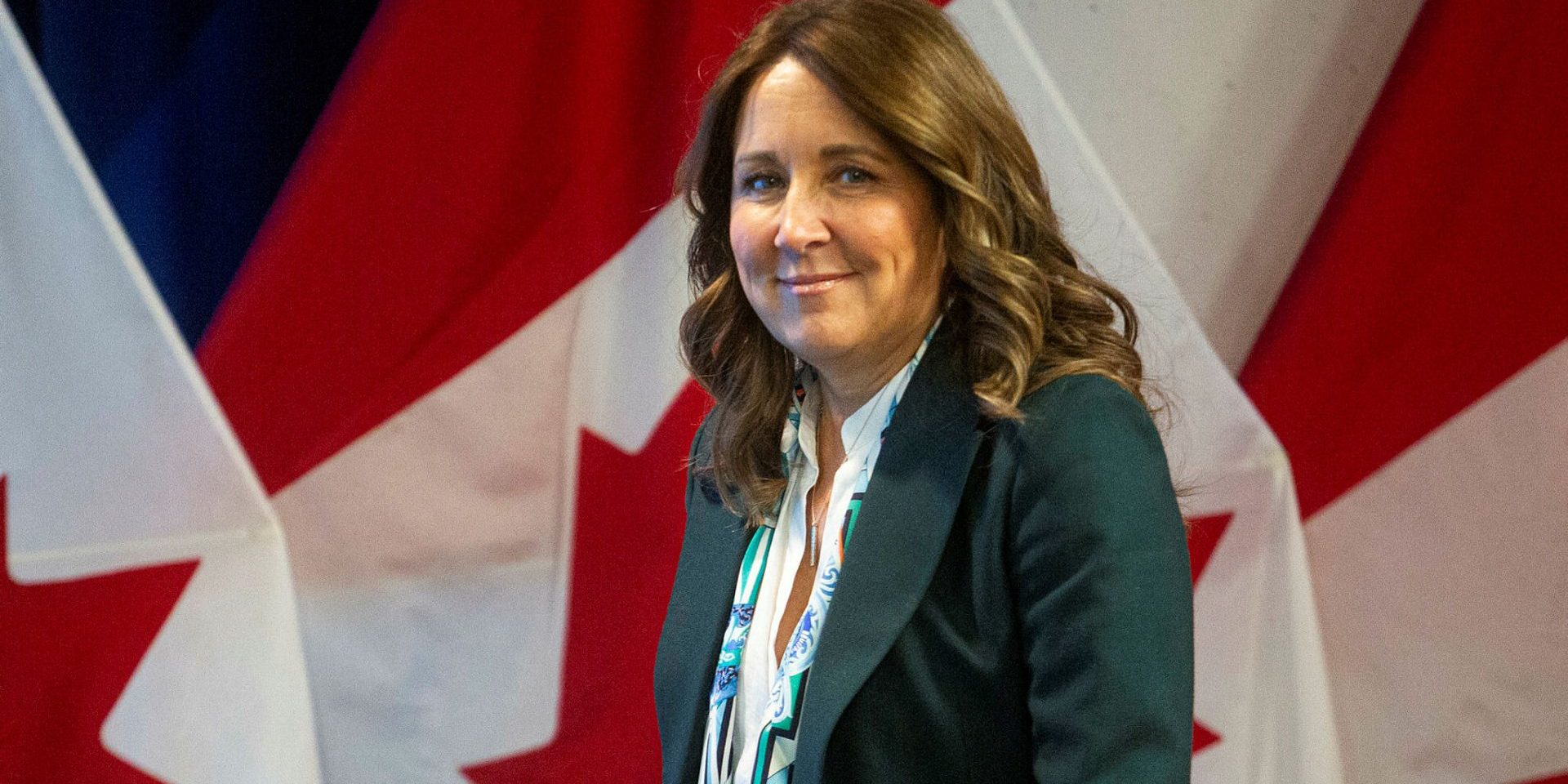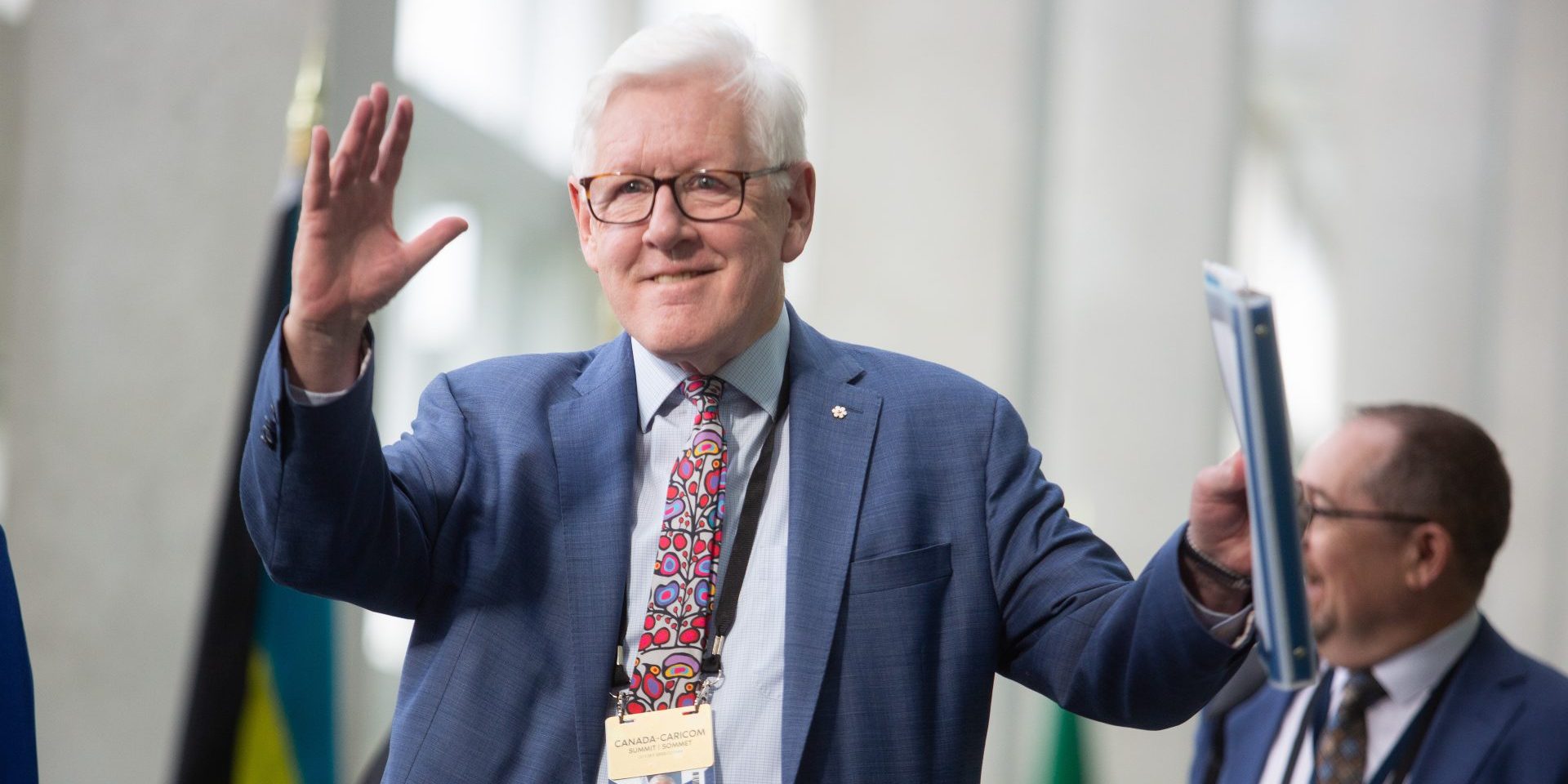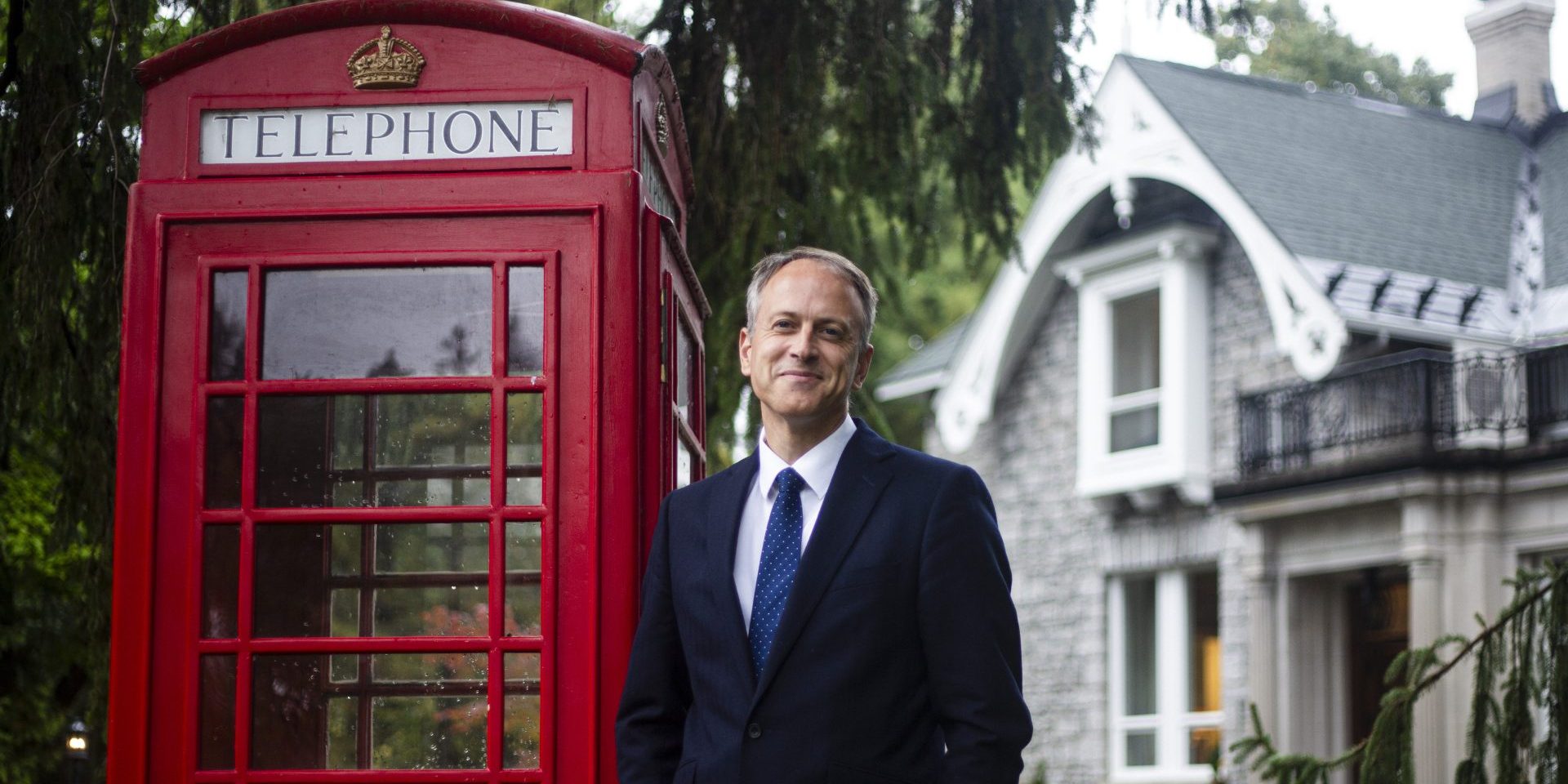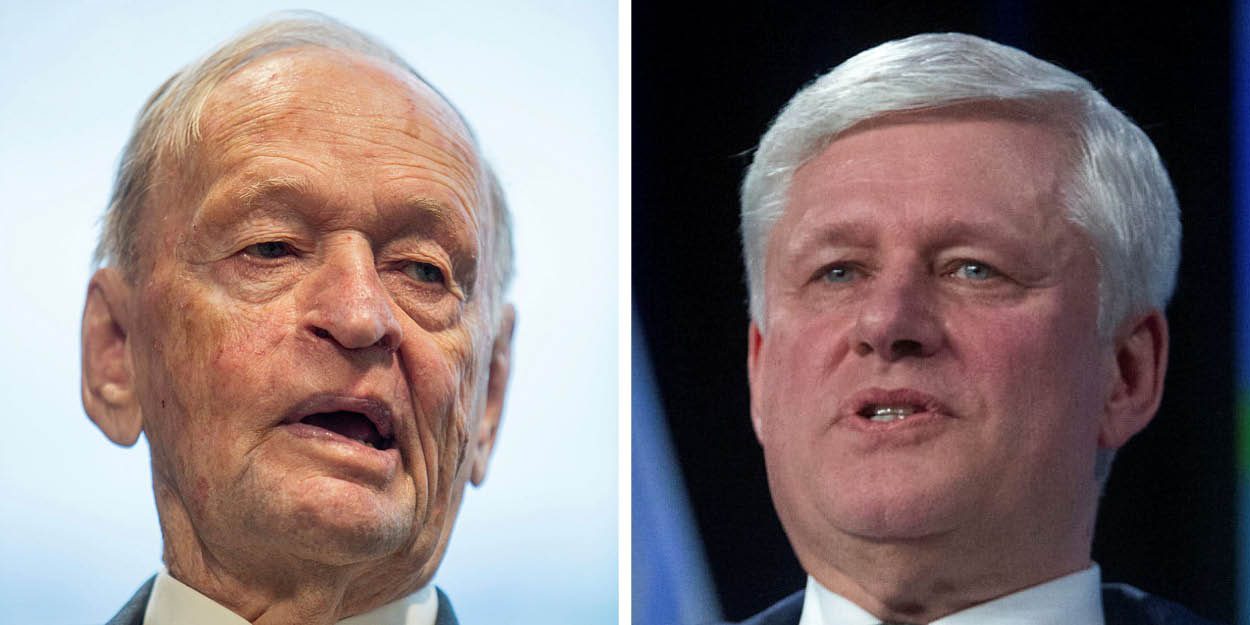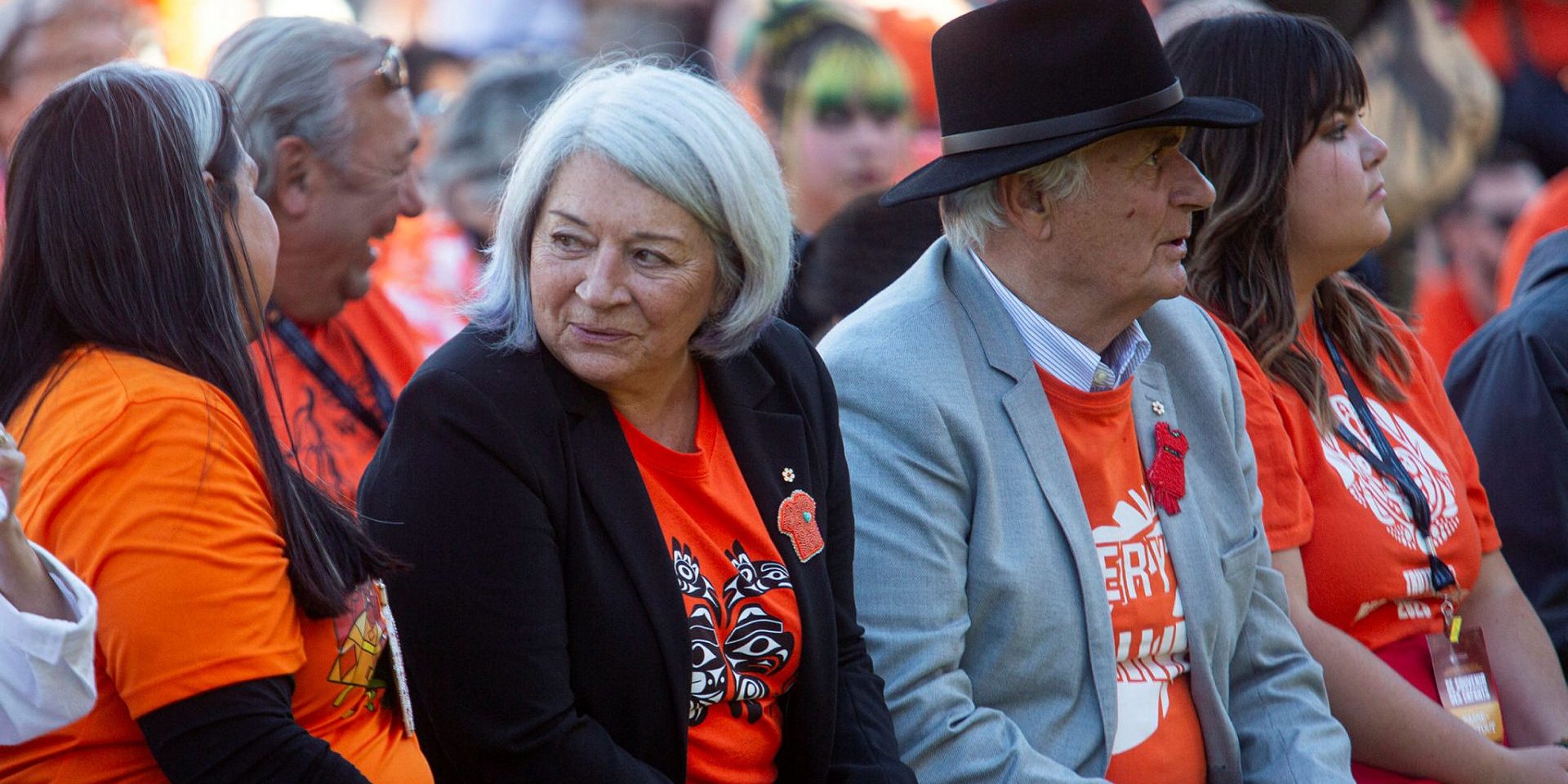Books, Big Ideas, Q&As
Q&A | The legal battle over the ‘notwithstanding’ clause, explained
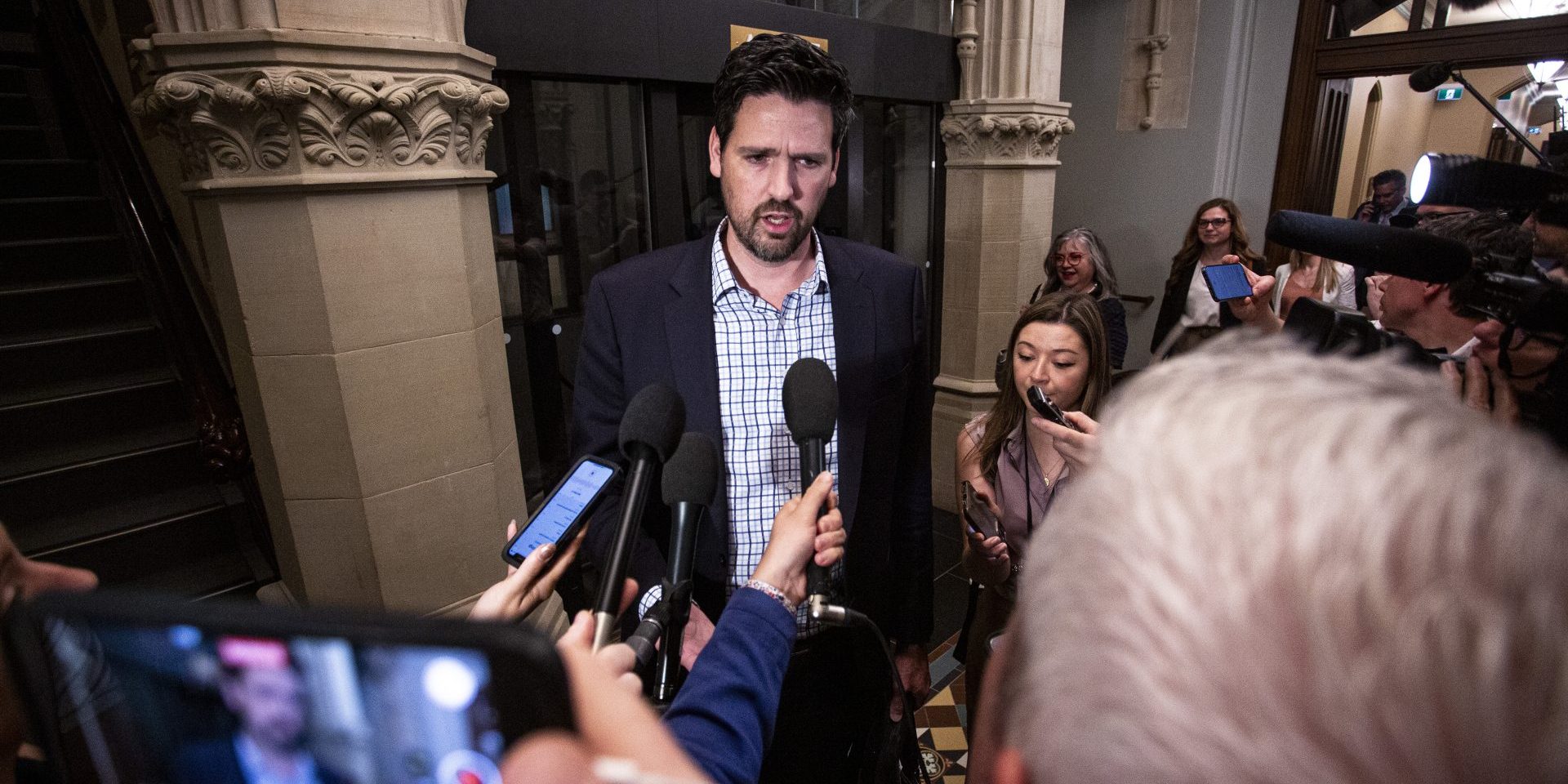
Canada’s Supreme Court has been asked to rule on Quebec’s ban on religious clothing in the public service, sometimes known as Bill 21, the name of the bill which enacted the ban. The top court has also been asked by the federal government to rule on whether the Constitution’s “notwithstanding” clause can be used indefinitely to shield such laws from the Charter of Rights.
Bill 21 became law in 2019, and imposes what the Quebec government calls “a duty of religious neutrality” on people working in that province’s civil service, which means, in practice, that they cannot wear items like a hijab, turban, kippah, niqab or face veil while working as police officers, teachers, or other public servants. It would also require that people reveal their faces in order to receive public services.
The court case comes as provincial governments have increasingly invoked—or threatened to invoke—that clause to shield their laws from personal rights guaranteed under the Charter.
Natasha Bakht, a professor in the University of Ottawa’s faculty of law, spoke with The Hill Times‘ Peter Mazereeuw on a recent episode of The Hot Room podcast about what’s happening, why, and what’s at stake.
The following interview has been edited for length, style, and clarity.
The Quebec government has invoked the Constitution‘s notwithstanding clause to protect this law, which suggests that the government of Quebec at least believes that law probably violates the Charter of Rights and Freedoms. What do you make of Bill 21 and its constitutionality?
“It really has devastating consequences on religious minorities. The government of Quebec has invoked preemptively Sec. 33, or the notwithstanding clause, meaning that before the court has had a chance to assess the constitutionality of the law, the government has said we are opting out of certain rights in the Charter. And I think you’re right that they probably know that the reason that they’re invoking Sec. 33 is because it violates core sections of the Charter. And in answer to your question, I think the majority of scholarly opinion is that law 21 is discriminatory. There’s really no doubt about that.”
What is the notwithstanding clause? How does it work?
“Political lore has it that Sec. 33 was a compromise that was needed in order to get the first ministers at the time to agree with the prime minister at the time, [Pierre] Trudeau, to create a Charter of Rights and Freedoms. And so this was the compromise, that we will have Sec. 33, which preserves parliamentary supremacy. In other words, it allows the Parliament—whether that’s the federal government, provincial government, or territorial governments—to have the theoretical last word.
“I should say that Quebec was not part of that agreement. [Then-premier] René Lévesque was left out of that constitutional agreement. So early on in our Charter history, the Quebec government invoked Sec. 33 in a sort of blanket way, in a bunch of their laws, to essentially protest that the Constitution had been patriated without Quebec’s consent.
“What Sec. 33 does is it allows a government to enact a law and say that certain sections of the Charter—and the sections are two and seven through to 15 of the Charter—they will not apply with respect to that piece of legislation. And sections two and seven through to 15 of the Charter include really core rights in the Charter. They include such rights as freedom of expression, freedom of religion. There are legal rights, equality rights, the right to be free from cruel and unusual punishment, so really important rights that the government can opt out of.
“Early on in our Charter history, there was a sense that governments would use Sec. 33 with a great deal of restraint. In fact, governments who would use Sec. 33 would do so at their political peril, and that really was the history of Sec. 33 for many years, with the exception of Quebec’s early protest to Sec. 33. Then, in the last six or seven years, what we have been seeing is much more frequent use of Sec. 33 by provincial governments, or threatened use of Sec. 33. And I think that coincides, honestly, with a rise in populism, a rise in attitudes about pluralism that are changing. It’s a very worrying trend because we’re seeing a kind of normalization of the use of Sec. 33, and I think that corresponds to a normalization of inequality in our society.”
So if the Quebec has used this clause to shield its law, then how is it that all of these individuals and organizations have been able to get the Supreme Court to hear a challenge to it anyway?
“So many lawyers from many different organizations are making all sorts of very interesting and creative and compelling arguments for why the law is problematic. They are asking courts to put limits on Sec. 33. To date, we don’t have a lot of jurisprudence on what the scope of Sec. 33 is. We have a case called Ford that tells us what the formal requirements are for Sec. 33, which is that a government needs only to state what the limitations are with respect to Sec. 33. They don’t have to justify that use. And to date, there have been no substantive limits that have been put on Sec. 33. So what various organizations are asking of the courts is to put some substantive limits on Sec. 33.
“The way Sec. 33 is worded, it could allow a government to do all sorts of things that we are, as a country, only just coming to terms with. So we have had in our history Indian residential schools. We have had the Chinese head tax. We have had the internment of Japanese Canadians in World War II, and these are all tragic episodes that the federal government has officially apologized for and promised that we are going to try and do better in the future. But the way Sec. 33 works is a government could technically permit those similar episodes to occur again without any constitutional condemnation, simply by use of Sec. 33. And that can’t be what our Charter is meant to do. And I think most people understand that intuitively, that our laws could not possibly allow that. And I think that intuitive understanding reflects the idea that something like that would be not only politically unacceptable, but legally impermissible. And so those are the substantive limits that we are asking the now Supreme Court of Canada to outline what the limits would be to Sec. 33.”
The federal government is one of those parties, and it made clear in its intervention in the case that it is not taking any position on whether or not this Quebec law violates the Charter of Rights. The federal government is, instead, using this case to ask the Supreme Court to impose some limits on how the notwithstanding clause can be used. It has argued that essentially using it over and over again—because it expires after five years and can be renewed—that this violates the intention of this clause, which was to temporarily override these rights. What do you think of that legal argument?
“I think it’s very interesting. I think what the federal government is trying to do is say you can’t keep invoking Sec. 33 every five years because what that would mean would be an irreparable impairment of rights which are core and basic, and which should exist in any democratic society. So they are saying that prolonged use of the notwithstanding clause would irreparably impair rights, such as, in this case, freedom of religion or freedom of expression. They also say that if a legislature were to impose or permit arbitrary executions or slavery—that’s the example that they use—that that would immediately violate the very conditions of a free and democratic society. I mean, I think what the federal government is trying to do, and as I said, what many lawyers are trying to do, is put limits on Sec. 33. I think the challenge is: what’s the legal pathway to those limits? Because Sec. 33 permits what it permits. It is very much a part of the Charter.

“I think the Supreme Court of Canada is going to be mindful of their role of interpreting the clear language in the Charter. The difficult question becomes: how do we find those limits? And, of course, there are other ways in which law 21 could potentially be declared unconstitutional because there are some Charter rights that are not applicable to Sec. 33, such as, for example, Sec. 28 which guarantees that all the rights in the Charter are guaranteed equally to male and female persons. So the Women’s Legal Education and Action Fund, the National Association of Women and Law, will be making arguments relying on Sec. 28, to which Sec. 33 is inapplicable.
“My colleague Lynda Collins and I have made another argument, which we’re hoping will be taken up, and that is that the scope of every section of the Charter has to be interpreted keeping in mind unwritten constitutional principles. And the Supreme Court of Canada has talked about a number of unwritten constitutional principles that are sort of the lifeblood of the Charter, and they give meaning to the text of the Charter. And one of those unwritten constitutional principles is respect for or protection of minorities. And of course, our Charter, our Constitution has, from its very beginning, always protected minority communities. Even when you look back to the Constitution of 1867 there are protections for education rights and minority language rights. So the argument that Prof. Collins and I make is that the scope of Sec. 33 must be understood keeping in mind the unwritten constitutional principle of respect for, or protection of minorities. So a law that clearly targets minorities like law 21 cannot possibly be permissible. So that’s sort of the legal pathway that we are proposing to put some substantive limits on Sec. 33.”
Is the federal government—and is the argument you’re making—asking the Supreme Court to prioritize unwritten rules over the written rules?
“It’s a good question. I don’t think so. I think that when you think about unwritten constitutional principles such as protection of minorities, they coincide with the rules that are in the Charter. The Charter exists to protect minorities from the tyranny of the majority. That is one of the reasons for the existence of the Charter. So I think it’s, in fact, very much in line with the written rules in the Charter.
“I think what you’re asking is, what is, then the role of Sec. 33? It’s clearly there in our Charter. What role can it play? And I think it still has a role. And originally it was conceived of as a provision that would be a provision of last resort. So let’s say the Supreme Court of Canada came down with a decision that perhaps produced really absurd results. Sec. 33 then preserves parliamentary supremacy. It preserves the right of Parliament to have the last word. Parliament could say, or a provincial government could say, ‘No, our vision of this particular legislation is slightly different from the Supreme Court of Canada, and so we’re going to invoke Sec. 33.’
“A good example of that is how Sec. 33 was invoked early on in our Charter history by Quebec in the Ford case. The Ford case was about language rights. So the Quebec government has a clear interest in protecting Quebec culture and Quebec language, and the French language is key to that. So the Ford case was about how do we try to promote the French language? And there was legislation put in place that had certain parameters for businesses that needed to function in the French language. And while that would undoubtedly have implications for minority language speakers—English speakers in Quebec, or allophones in Quebec—it is arguably the promotion of a minority community when you think about Quebec being a minority language community in greater Canada. So I think that that is a very permissible use of Sec. 33. So I think that Sec. 33 doesn’t become denuded of any power simply by saying that you can’t use it to target vulnerable communities. There’s still a role for Sec. 33.”
If the Supreme Court were to accept the federal government’s argument, that renewal clause seems to be what’s at issue. Is the federal government asking the Supreme Court to invalidate that clause?
“Yeah, it seems like they’re asking them to do something because they are making the argument that prolonged use of Sec. 33—if it were to be renewed by governments every five years—could cause irreparable damage to the rights in question. The way Sec. 33 works is a government can invoke it [and] it’s in place for five years. And the five years is because the idea is that if the public then becomes aware of Sec. 33 use, there’s usually an election within that five-year period, and the hope is that if the electorate is unhappy with the use of Sec. 33 they will vote out the government in question. So that’s kind of the democratic safeguard with respect to Sec. 33.
“When a government is targeting vulnerable communities, I don’t think that democratic safeguard really offers much of a safeguard. Vulnerable religious minorities don’t have a lot of political power, which is why governments are ignoring their perspectives in the first place. People don’t necessarily think about hijab-wearing Muslim women or niqab-wearing Muslim women or Jewish men who wear the kippah. The invocation of Sec. 33 was easily renewed in law 21 and there was no real uproar.”
I suppose this is the point of having a Charter of Rights in the first place. It’s probably not necessary in a democratic society to protect the rights of the most powerful majority groups in a society because they wouldn’t allow that anyway.
“That’s right, the Charter is undoubtedly a document that I think most Canadians would see as a justice-seeking document, so something that really preserves a better life for everyone, irrespective of immutable differences. And the invocation of Sec. 33 as a frequent everyday tool by governments is really giving governments a blank cheque to do whatever they like. And I believe that our Constitution contains an irreducible minimum core of human rights below which law and executive action cannot go. And I think what the Supreme Court of Canada needs to do is articulate that by putting some substantive parameters around Sec. 33.”
peter@hilltimes.com
The Hill Times

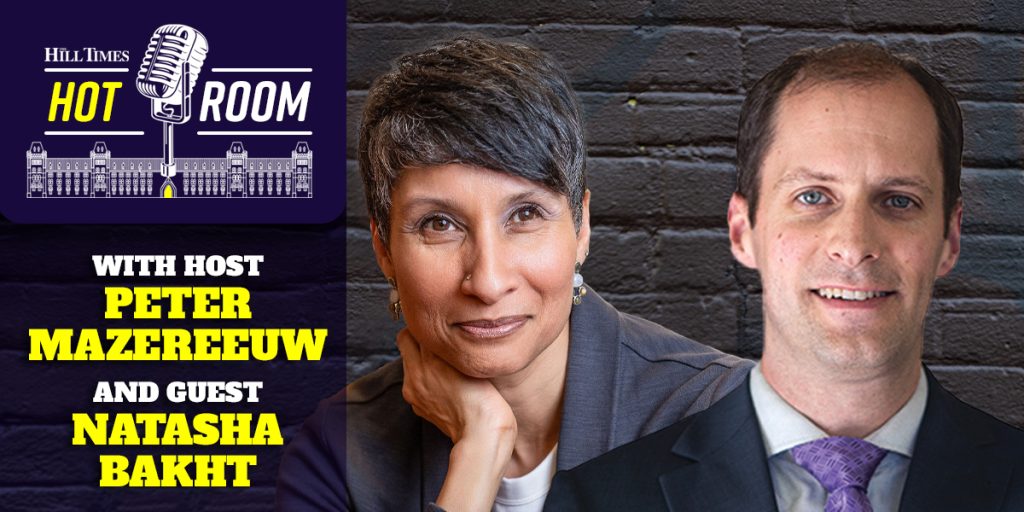





 LICENSING
LICENSING PODCAST
PODCAST ALERTS
ALERTS